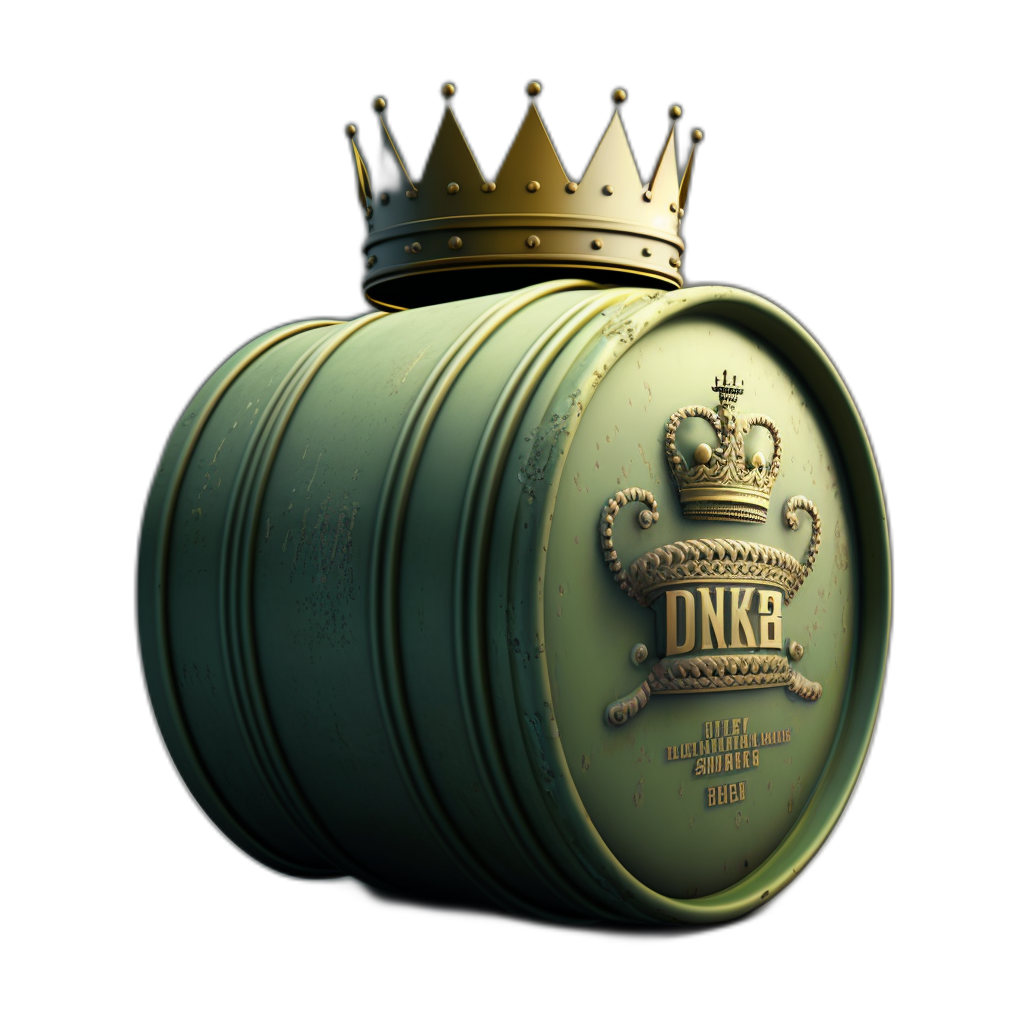Sodium bicarbonate, commonly known as baking soda, is a compound that plays a significant role in various fields, from cooking and baking to science and medicine. Its chemical formula, NaHCO₃, hints at the combination of sodium, hydrogen, carbon, and oxygen atoms, making it a subject of interest when studying chemical properties and reactions. One of the fundamental aspects of understanding any chemical compound is knowing its molecular mass, molecular weight, and molar mass. This blog post delves into these aspects of sodium bicarbonate, providing a comprehensive understanding of its chemical nature and significance.
Understanding Molecular Mass
The molecular mass of a compound is the sum of the masses of all the atoms in a molecule. It is a critical parameter that helps chemists and scientists to calculate the proportions for reactions and to understand the compound’s properties better. In the case of sodium bicarbonate (NaHCO₃), calculating the molecular mass involves adding the atomic masses of sodium (Na), hydrogen (H), carbon (C), and oxygen (O).
Sodium Bicarbonate Molecular Weight
The molecular weight of sodium bicarbonate is closely related to its molecular mass. In fact, these terms are often used interchangeably in chemistry, although they can have different meanings in different contexts. The molecular weight is essentially the mass of one mole of a substance, expressed in atomic mass units (amu) or grams per mole (g/mol). For sodium bicarbonate, this value is crucial for various applications, especially in baking, where precise measurements ensure the desired outcome in recipes.
The Molar Mass of Sodium Bicarbonate
Molar mass is perhaps the most used term among these three, especially in practical chemistry. It refers to the mass of one mole of a substance and is expressed in grams per mole (g/mol). The molar mass of sodium bicarbonate is determined by the sum of the molar masses of its constituent atoms, based on the periodic table values for each element. This measure is fundamental in stoichiometry, the branch of chemistry that involves calculating the quantities of reactants and products in chemical reactions.
Calculating the Molecular Mass of Sodium Bicarbonate
To calculate the molecular mass of sodium bicarbonate, one must know the atomic masses of sodium, hydrogen, carbon, and oxygen, which are approximately 22.99, 1.01, 12.01, and 16.00 amu, respectively. The formula NaHCO₃ suggests one atom of sodium, hydrogen, carbon, and three atoms of oxygen. Adding these values together gives us the total molecular mass of sodium bicarbonate.
The Significance of These Measurements
Understanding the molecular mass, molecular weight, and molar mass of sodium bicarbonate is not just an academic exercise. These values have practical applications in everyday life. For instance, in baking, sodium bicarbonate is used as a leavening agent; its precise measurement is crucial to achieve the right texture and rise in baked goods. In medicine, sodium bicarbonate is used to treat acid indigestion and heartburn, where accurate dosages are essential for effectiveness and safety.
In scientific research and industrial processes, the molar mass of sodium bicarbonate is used to calculate reactant and product quantities in chemical reactions. It is also used in environmental management practices, such as neutralizing acidic lakes or treating flue gases, to calculate the required amount of sodium bicarbonate to achieve the desired pH balance.
Sodium bicarbonate is more than just a common household ingredient; it is a compound with significant scientific, culinary, and medicinal applications. Understanding its molecular mass, molecular weight, and molar mass is crucial for professionals across various fields and even for everyday tasks like baking and managing minor health issues. These fundamental chemical parameters allow for precise calculations, ensuring successful outcomes whether in a lab, an industrial setting, or the comfort of one’s home kitchen. Sodium bicarbonate, with its simple composition and widespread availability, continues to be an object of fascination and utility, underscored by the essential chemistry that defines its very nature.


